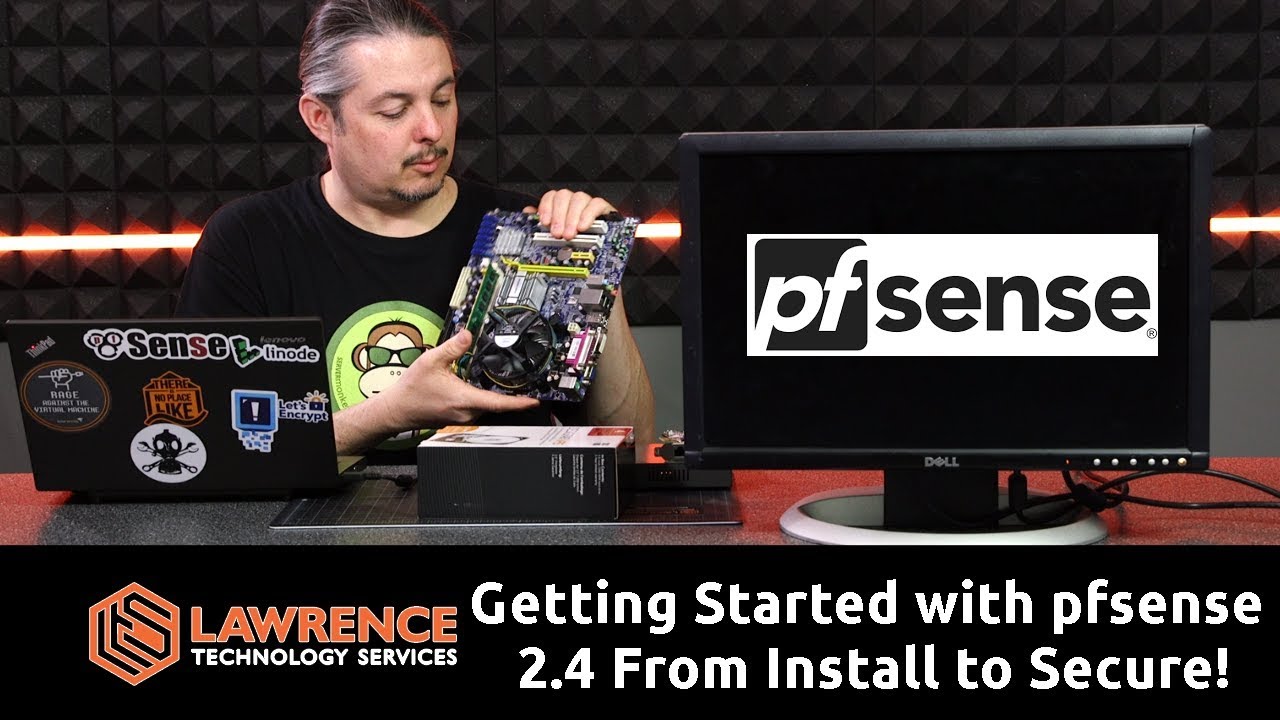It is an adventure, the bleeding edge always is!
Yes, typically the hardware is ‘operated’ by the software or OS. (occasionally there are hardware that may need or benefit from what is referred to as a firmware update to the chip, but this is less common these days and usually the manufacturer will provide a tool to update the firmware).
The OS will contain ‘drivers’ that are specifically written to operate the hardware, and/or in other cases you may have to download and install these manually. Most newer hardware (within the last 10 or more years) will be what is called PnP (Plug and Play) which will be recognized by the OS and drivers automatically installed.
The older computers I have installed pfSense on didn’t easily support installing by USB boot and had to be installed via a bootable pfSense install CD. If your machine boots from USB the installation is fairly straight forward - you may have to go into the boot bios of the computer to instruct it to boot from USB rather than Hard Drive or Network boot. You can just plug the USB key in and turn it on and see if it boots to the pfSense installer - if not you will have to look up your Motherboard/Bios documentation to learn how to set the startup boot device. Once you have it booting into the installer it will guide you through the install process - it is fairly smooth.
Then the adventure - pfSense is without a doubt the fastest most capable low cost router I have ever deployed, and have had my business and many of my clients running it dependably for many years; there is alot you can do with this router, and the options may appear overwhelming, or even cryptic for the uninitiated, but it does fairly well with the guided install and setup.
Check out Tom’s video for a great walkthrough on setting this up here:
Have fun, enjoy the trip ![]()
